Next time you’re out and about in your neighbourhood, take a look around at all of the forgotten spaces, bits of fallow dirt and other abandoned spots that populate the larger cityscape. Including, medians, hellstrips, round-a-bouts and parking lots, derelict or forgotten construction and former industrial sites. When you add it all up, that’s a lot of space that could and should be filled with life. Adding eco-services (air and water filtration, flood mitigation, wildfire breaks etc), when filled with plants and by association, insects, fungi, birds and other wildlife seeking refuge.
As we shift from debating climate change to seeking viable solutions, we’re looking for greater leaps forward. Ways to better address inclusivity, equity and diversity as well as accepting that entirely natural solutions may not be enough on their own. Instead utilizing multi-disciplinary collaborations while removing long-held barriers to fully sustainable cityscapes. Ultimately, opening up and revitalizing core urban spaces for our shared health (both human and otherwise).
But how do we plant these areas, with as few inputs as possible? Not a great deal of prep work and not much aftercare and maintenance?
Today there’s a new movement taking shape, gladly leaning in to less conventional approaches. Making use of existing materials (both soft and hardscape) in situ and utilizing lesser-known plants (naturally adapted to extreme conditions). Some, taking advantage of temporary timescales, and many learning to appreciate a wider and occasionally more brutalist view of beauty. Is this the dawn of new era? I hope so, now let’s get into some examples of planting design for forgotten spaces!
Inspired Design
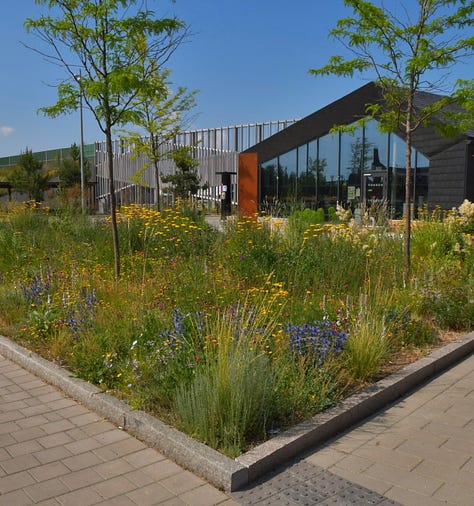

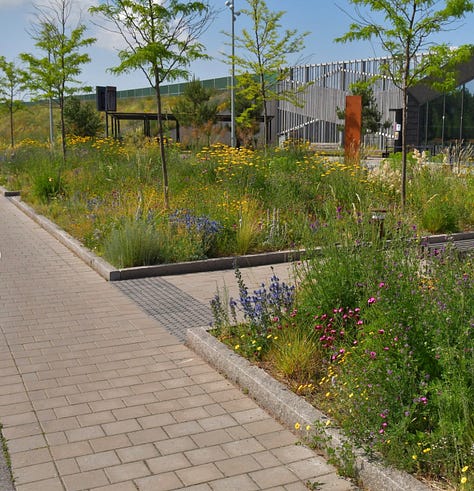
Peter Korn
located in Sweden, Peter’s been quietly pushing the envelope with innovative techniques for years. Consistently investigating through experimentation. Observing and utilizing unconventional plant material, substrates and growing practices. Taking on the areas that other designers might turn down due to their inherent challenges.
Using sand, gravel and crushed concrete, purposefully reducing nutrition to meet the specific needs of his carefully selected plant material. Often adding 30-40cm of ‘sand’ (0-8mm) directly on top of existing soils. Building up, rather than digging down, to increase drainage and find the right mix of science and aesthetic qualities.
Seeking out, propagating and growing (in his own purpose built sand beds) the toughest plants on the planet. Those that have adapted over millennia to harsh conditions (be it strong winds or even heavy foot traffic) in regions including Mediterranean, alpine and steppe climates. Playing the ultimate game of, right plant - right place.
Seeking to build beautiful and resilient plant communities, that will require little to no water, few added nutrients and only occasional maintenance. His plantings can be found in a wide array of public landscapes. But, they also extend beyond the soil to roof tops and walls, utilizing his own technologies that take advantage of each situation. Converting conditions that many would consider problematic, into an advantage.
watch Peter's presentation to the Mediterranean Garden Society here


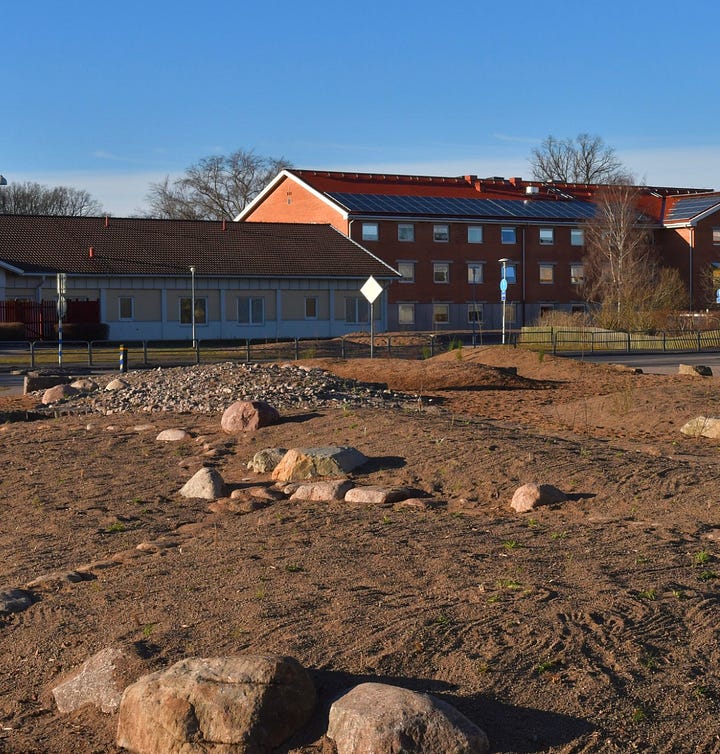
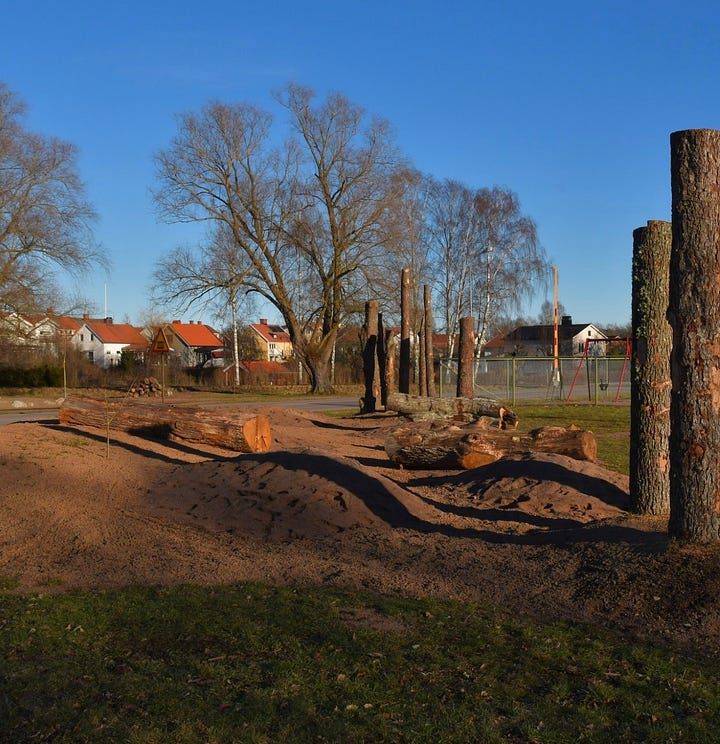
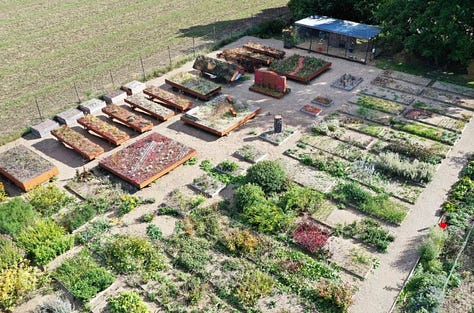
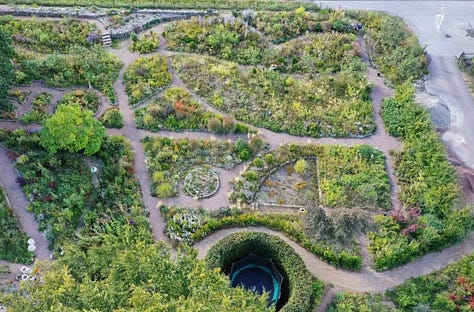
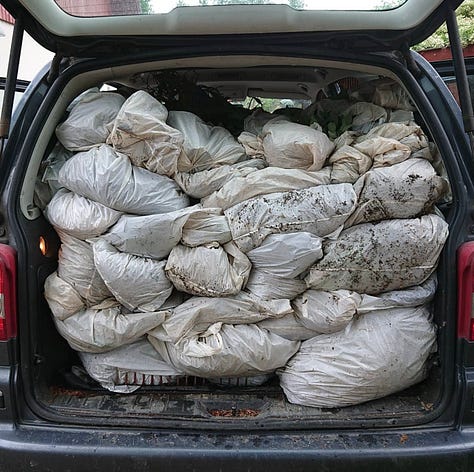

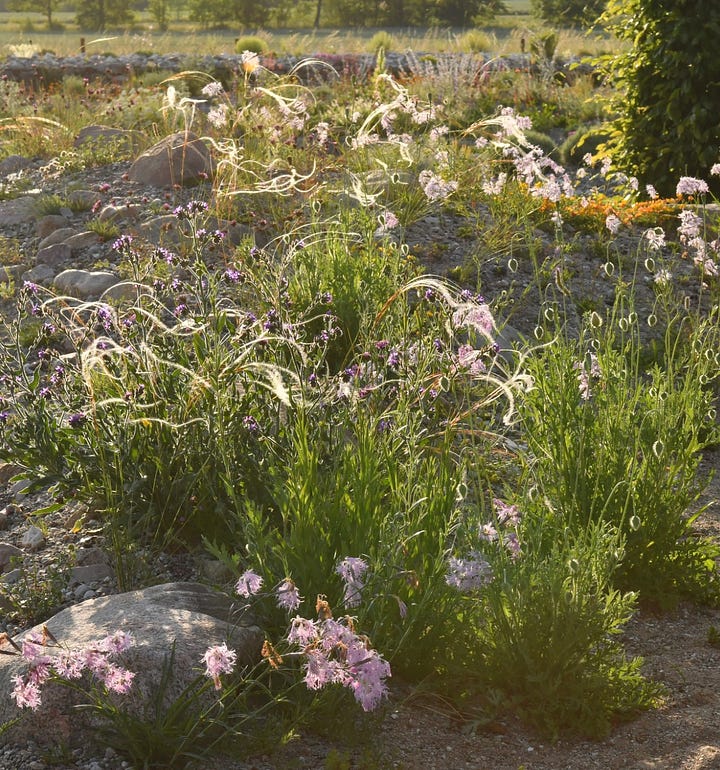
Wagon Landscaping
Based in France and working at sites across Europe and Russia, Wagon, is a partnership that seeks to change our views of abandoned space in urban landscapes. Through clever and simple construction methods they’re able to rapidly install unique projects that are elevating cityscapes.
Their work pairs practical utility with beauty, in user friendly configurations that encourage public and shared use. Often using discarded construction materials, on site. With jettisoned concrete and asphalt echoing a more traditional use of shale and rock. Experimentation is encouraged and temporary projects championed (between larger redevelopment schemes). You’ll also notice a cheeky nod towards existing plants and materials. Rather than removing a sites history, they often choose to leave reminders of what once was, hidden in plain site among new plantings.
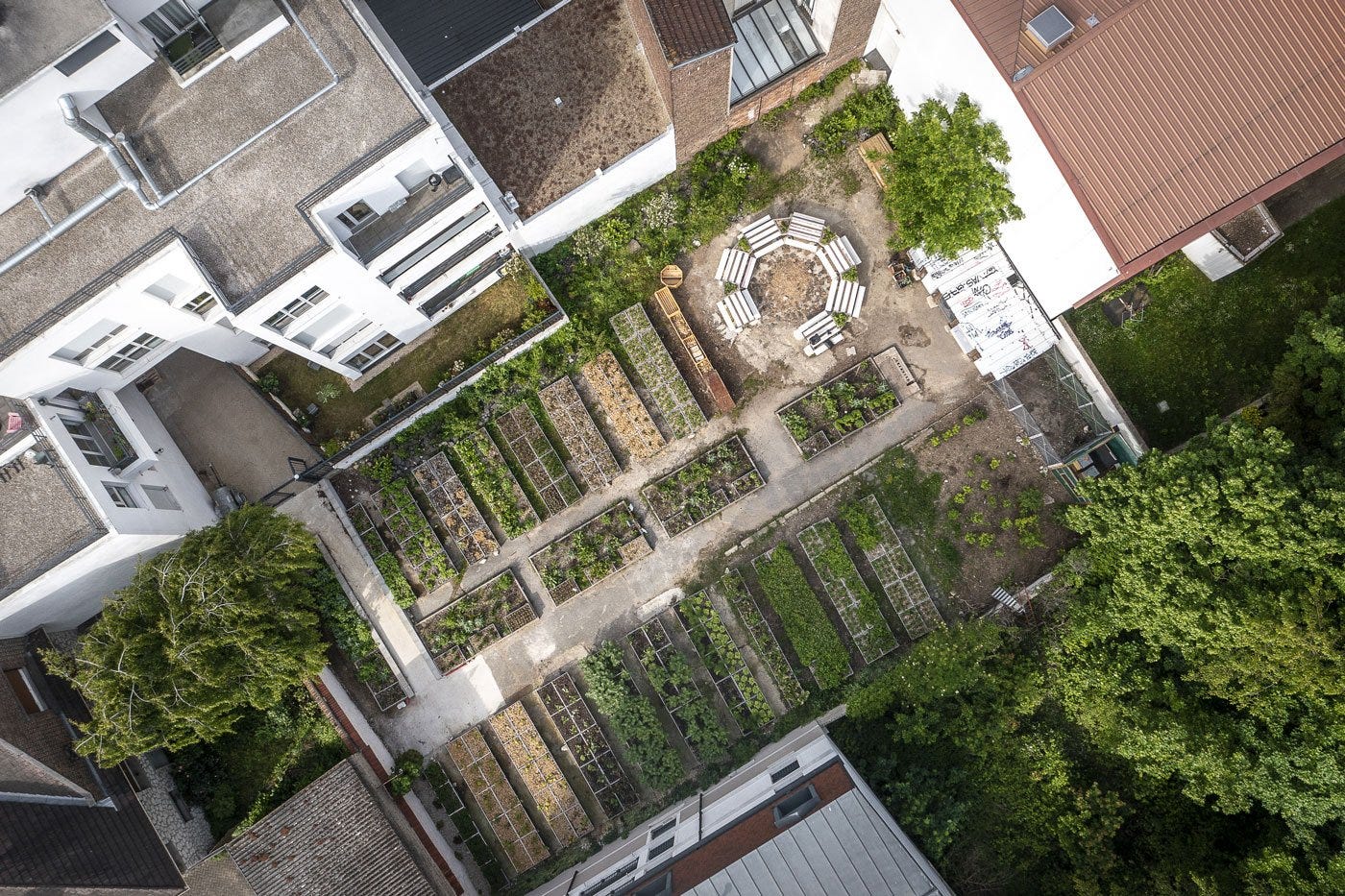
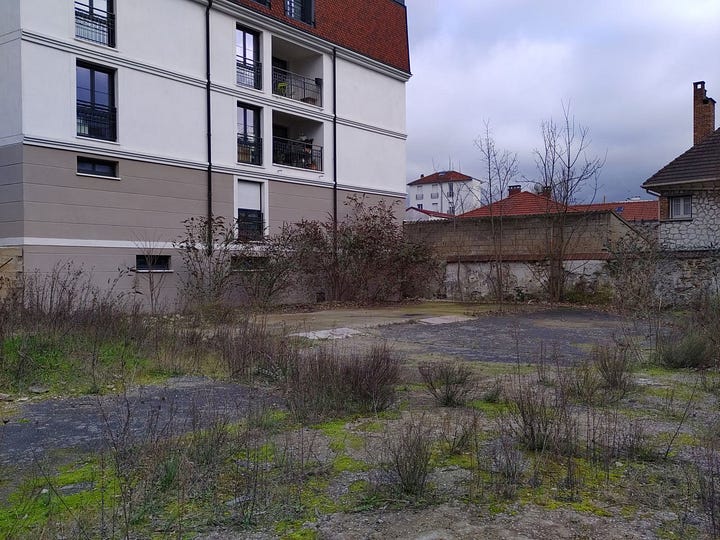


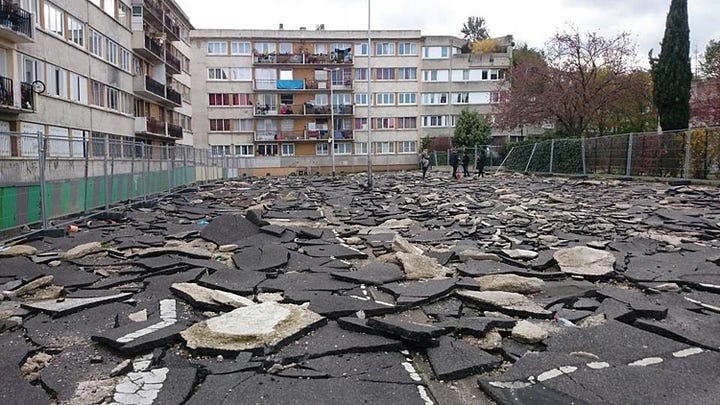
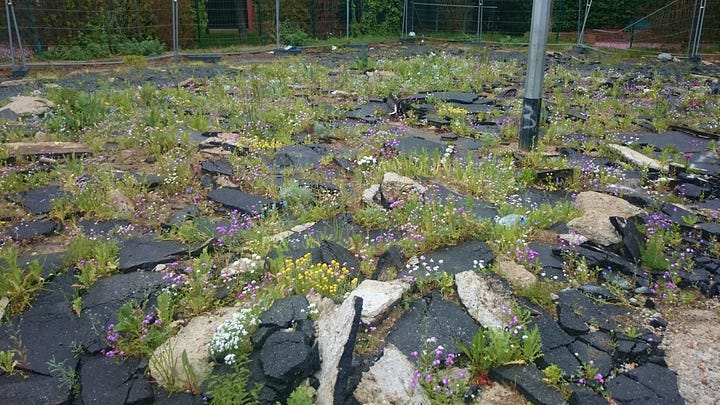
D.I.R.T Studio
Taking up the need to address urban re-generation and new uses for industrialized land as a way to reclaim city spaces, across the United States. D.I.R.T (Dump It Right There) is one of the OG’s of this genre.
They specialize in putting a twist on abandoned materials without erasing their original character. Everywhere you look, there are visual nods to the history of each unique space. Encouraging a feeling of community, connecting the past with the present. Building beautiful spaces that inspire and invite a broad range of public uses.
Beyond the Studios individual work, they are also keen contributors in interdisciplinary collaborations. Sharing their ideas and ethos as a piece of larger projects and educational endeavours. Helping D.I.R.T to inspire many designers (including Virens) across the globe.
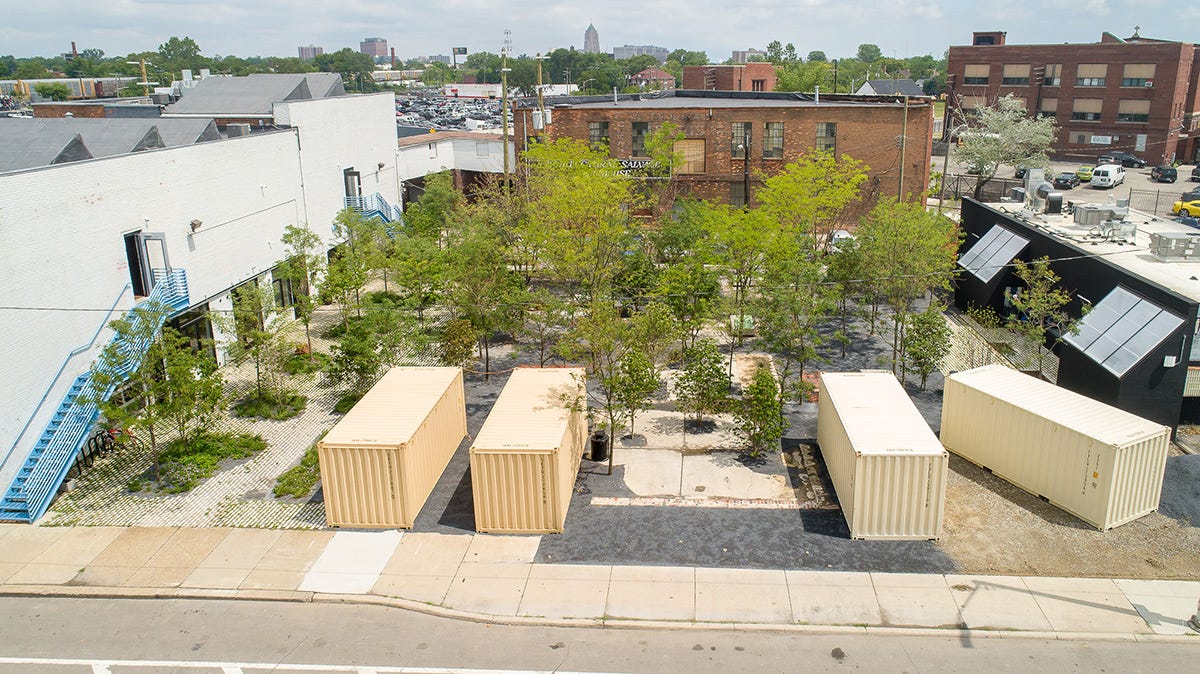
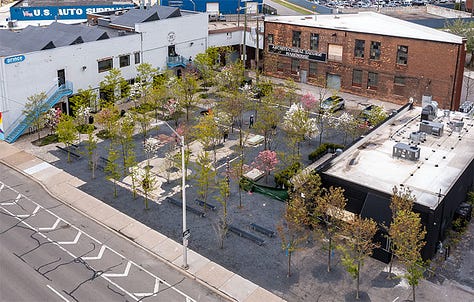

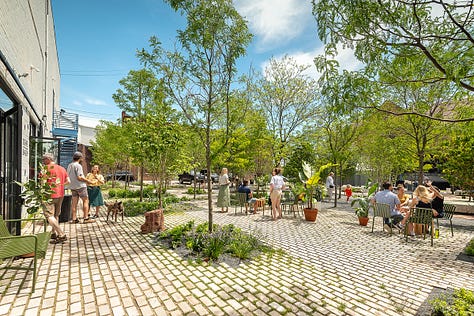
Bettina Jaugstetter - BUGA23 (mannheim)
Based in Germany, Bettina’s work is a, “Combination of creativity, aesthetics, ecology, economy and technology”. She is a talent that we’ve only recently discovered, through her work at BUGA23, showcased earlier this year in Mannheim, Germany. Her use of place-centered design that considers existing conditions and uses available resources to create bespoke plantings that fit the perimeters of municipal landscapes, speaks to us (as former civic hort techs).
There are lean soils, particularly gravel, coupled with dense plantings of diverse materials. Including, dreamy naturalistic aesthetic choices which are set off with plenty of pattern and contrast (perhaps you’re starting to see some correlation between all of our examples?)
Watch Bettina speak about BUGA23 at Garden Masterclass



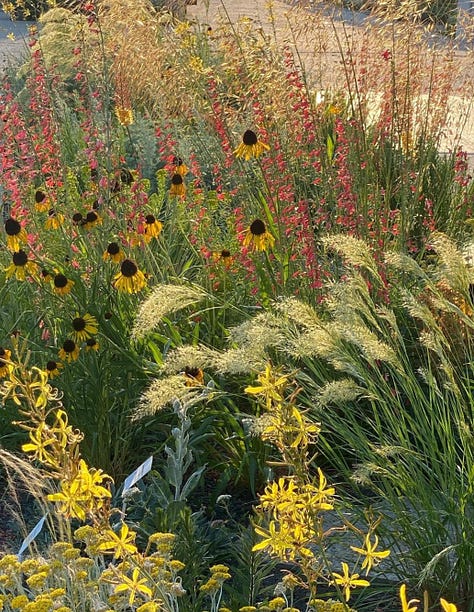
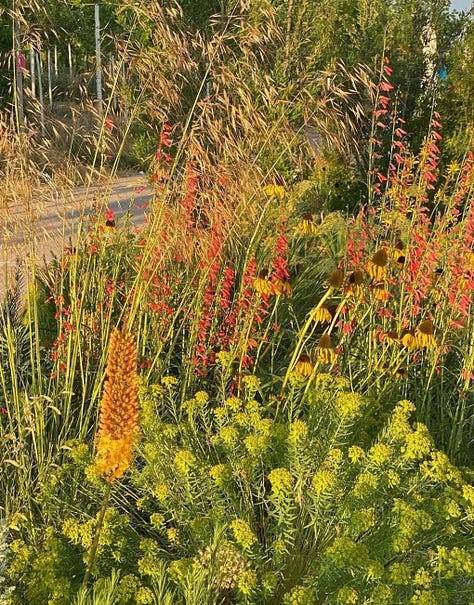
We’re always hopeful, that by sharing some of our inspiration with you, these ideas will spread a little further and be accepted across a wider variety of cityscapes. Let us know what you think of these ideas in the comments and tell us what inspires you in modern horticultural design.
As always, you can find us, in the studio, in Vancouver Canada. So please, get in touch today if you’d like to take advantage of our services (landscape and planting design, consultation and freelance writing). Or, find us on instagram and be sure to say hello.
-Sara-Jane & Alicia at Virens Studio


This subject area is interesting to me, there's so much scope for regenerating brownfield sites. Everyone wants the nice land, but there's a much greater difference to be made with developing these degraded plots.
Do these companies also test the soil for toxicity/contaminants before beginning? Personally I've noticed small pieces of asbestos in my own back garden and allotment from less than scrupulous disposal habits from years gone by.
Could you list a few of the plants and trees that these companies have decided are suitable candidates? I've actually got a substack article coming out on a similar topic, it would be interesting to see the overlap!